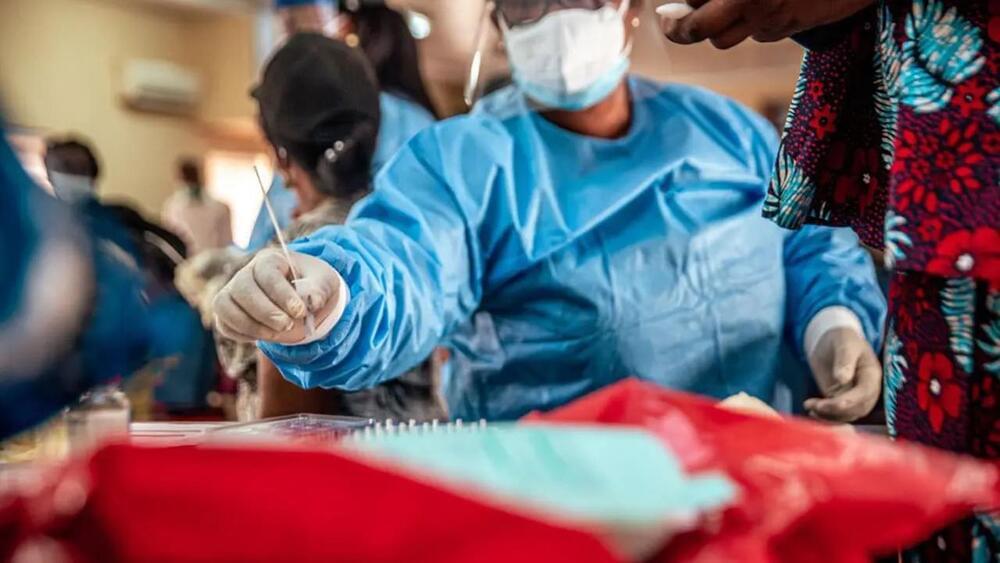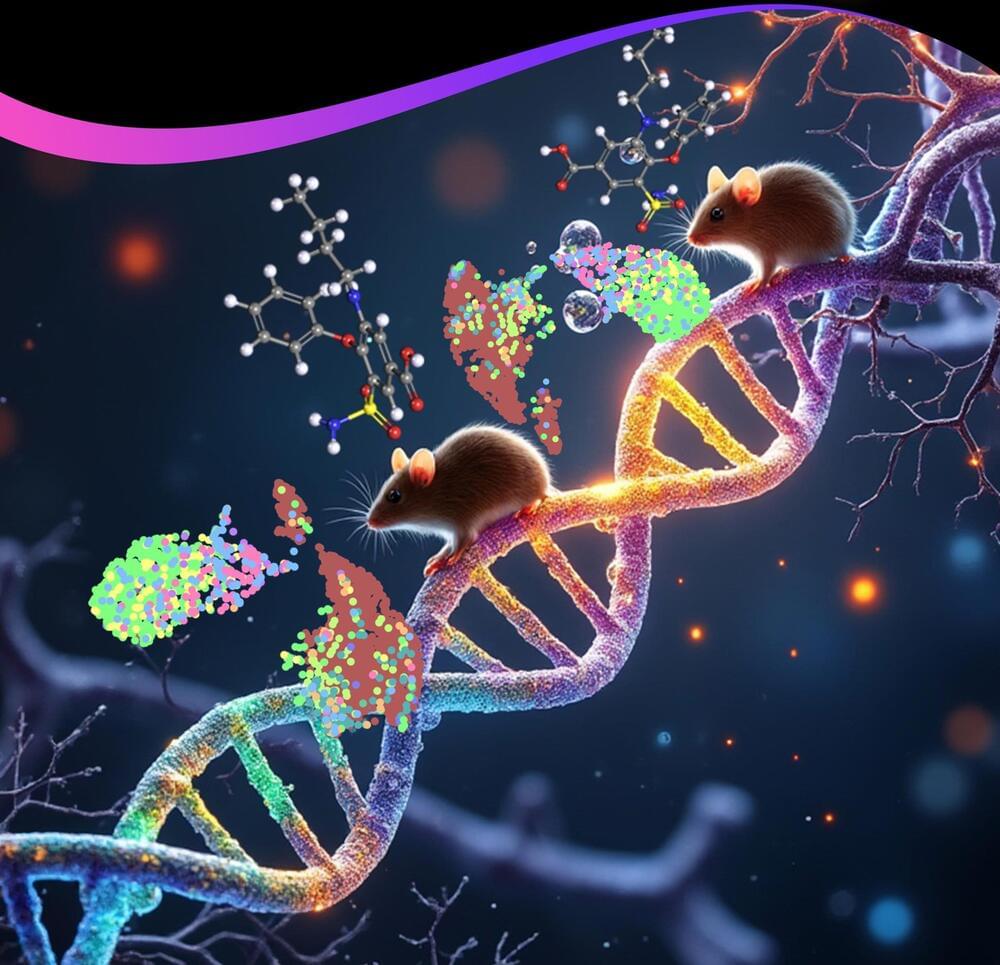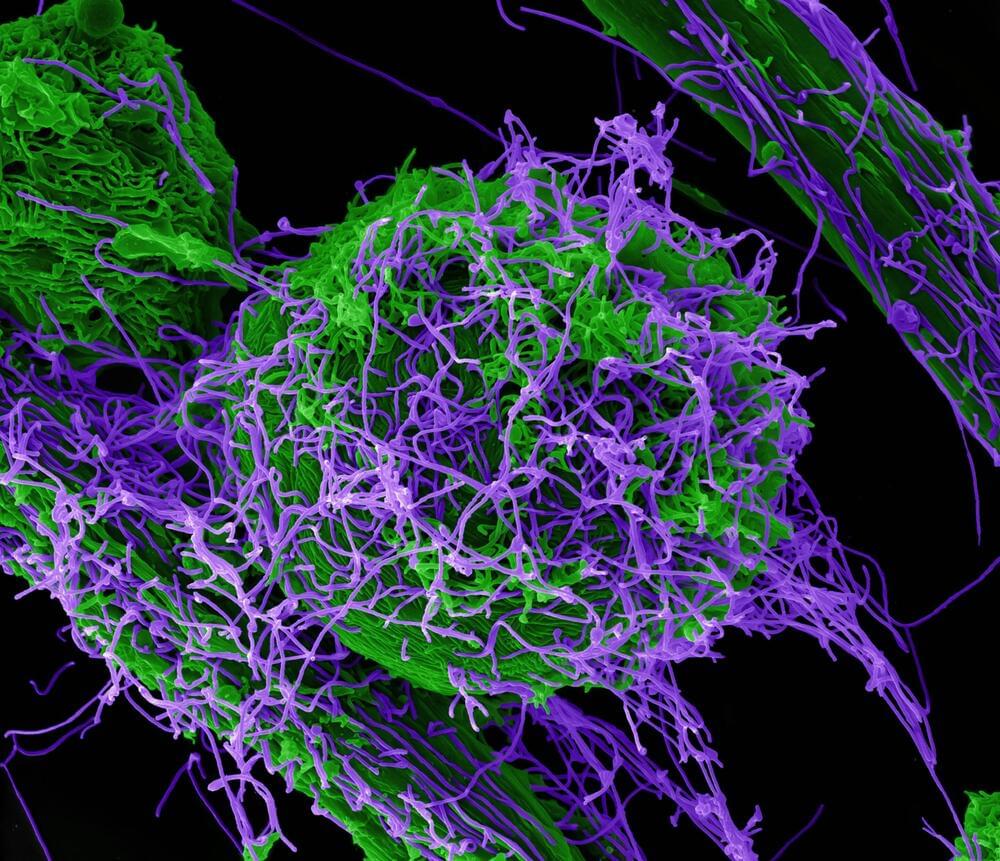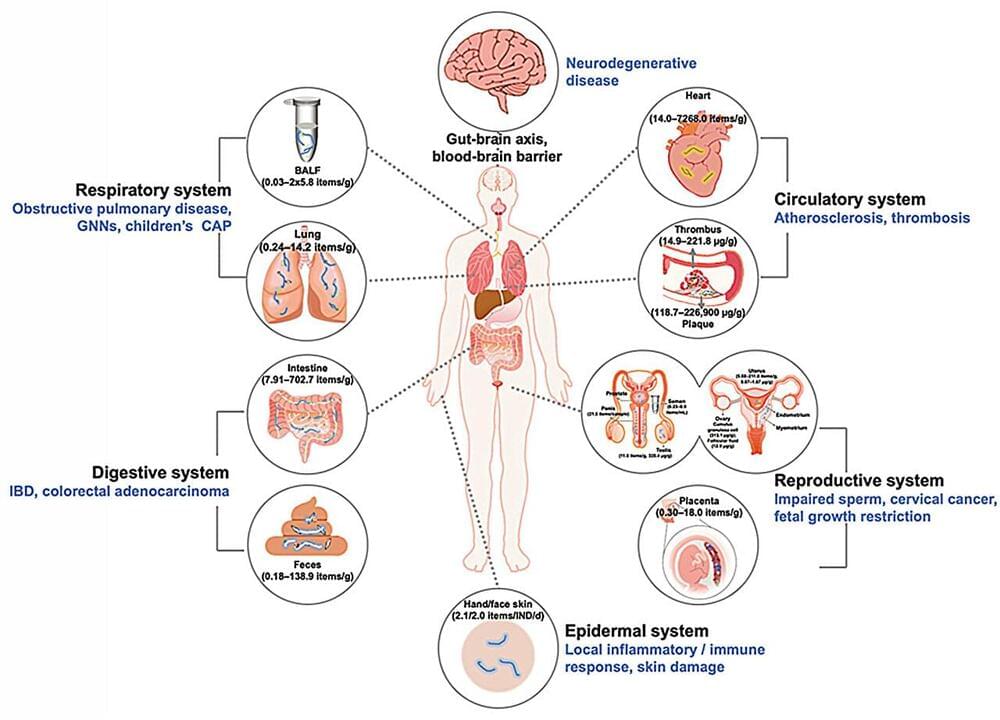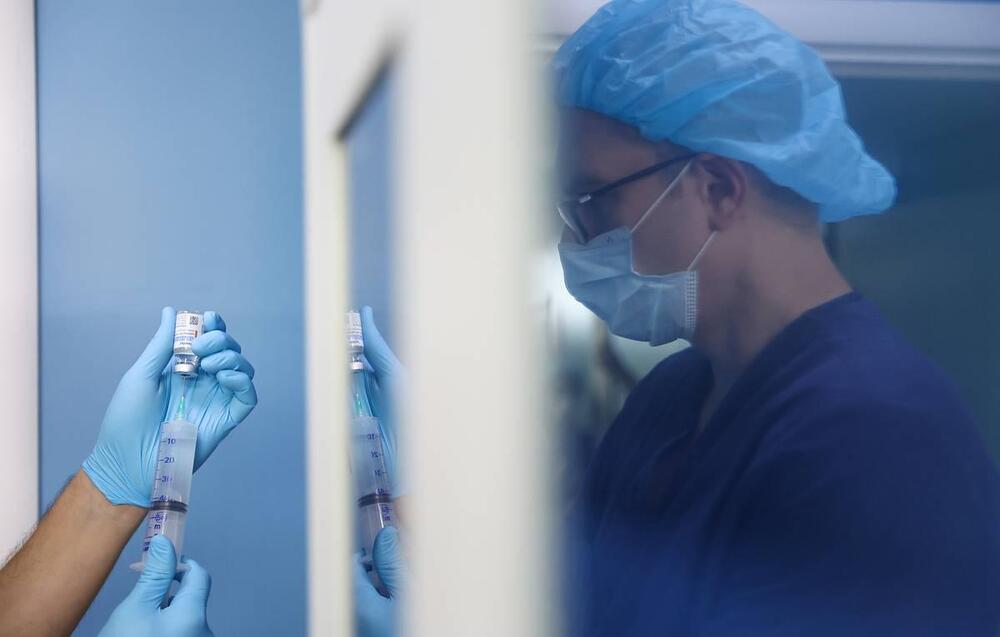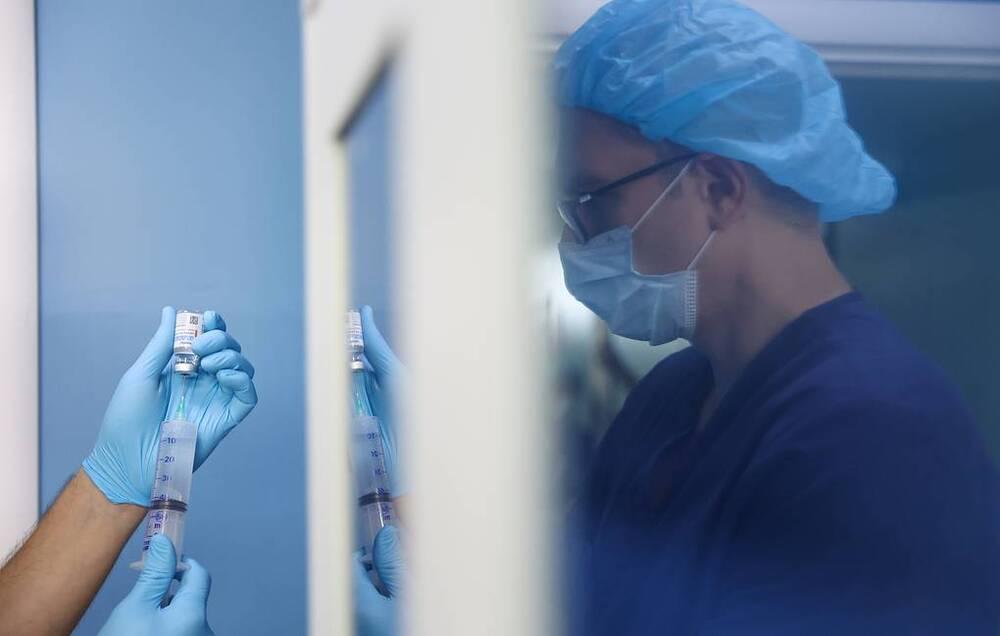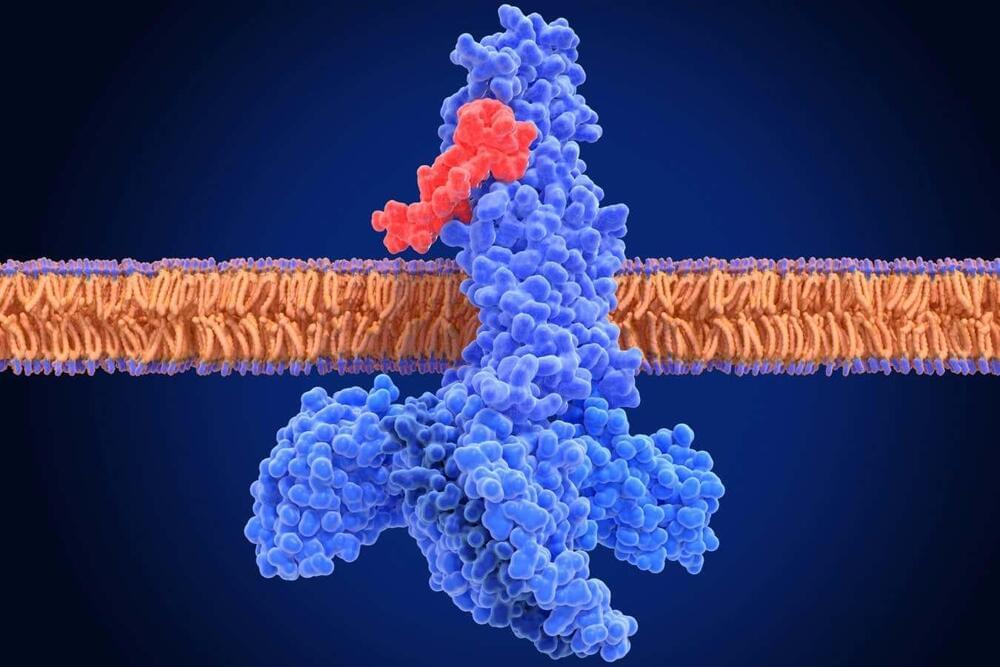The active ingredient in Ozempic and Wegovy, a drug called semaglutide, can have direct beneficial effects on the heart within weeks, in addition to the longer-term benefits of losing weight, an animal study has shown.
The finding suggests that people with heart disease who don’t have type 2 diabetes or obesity, which semaglutide is primarily used to treat, might also benefit from taking this kind of drug. “It may be that we’re missing a large population of people that could benefit,” says Christopher Stone at Brown University in Rhode Island.
The findings also suggest that people undergoing heart surgery could benefit if given GLP-1 agonists, the class of drugs that semaglutide belongs to, for at least a few weeks after their operation.
Image: JUAN GAERTNER/SCIENCE PHOTO LIBRARY/Alamy
A study in pigs has shown that the active ingredient in Ozempic and Wegovy directly boosts heart health, in addition to the benefits of losing weight.
By Michael Le Page
